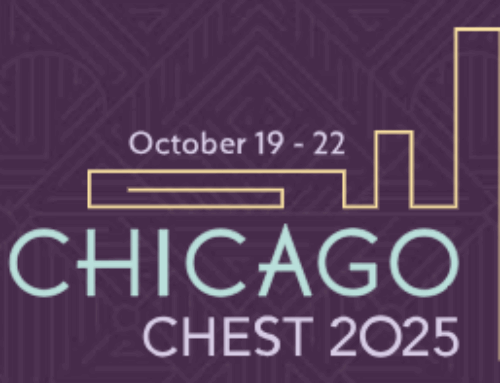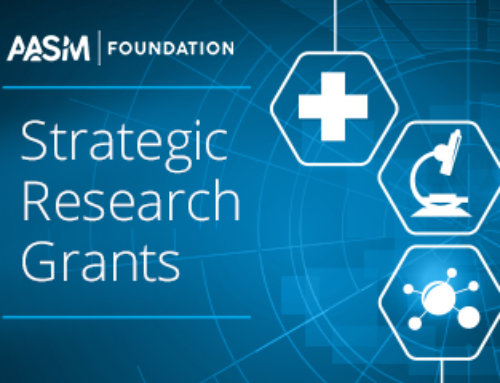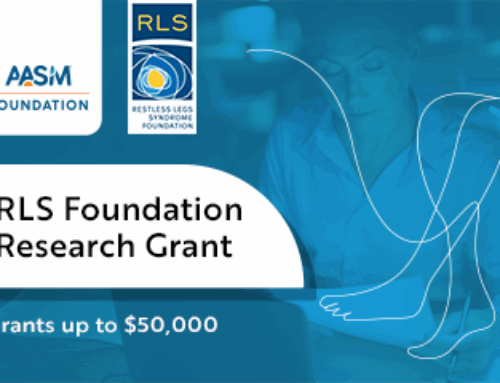Our largest program is the Strategic Research Grant which supports high-impact research projects aimed at addressing gaps in sleep medicine. This year, we are proud to award more than $2.5 million in funding for the following twelve projects. Congratulations to the recipients of our 2024 grant cycle.
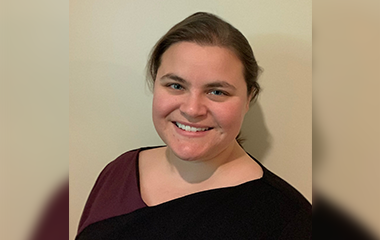 Margaret Blattner, MD, PhD
Margaret Blattner, MD, PhD
Beth Israel Deaconess Medical Center / Harvard Medical School
Investigating a Circadian Mechanism of Long Sleep Duration in Idiopathic Hypersomnia
ABOUT THE PROJECT
Idiopathic hypersomnia is clinically characterized by long nocturnal sleep, sleep inertia, excessive daytime sleepiness, and impaired daytime cognition. The underlying cause of IH is unknown, contributing to poor diagnostic sensitivity and specificity and limiting the development of targeted therapies. With an extended inpatient monitoring protocol, this project will measure circadian biomarkers and sleep to better define IH sleep physiology in relation to circadian waking signals.
This grant is co-funded by the AASM Foundation and Hypersomnia Foundation.
 Brian Cade, PhD
Brian Cade, PhD
Brigham and Women’s Hospital
Sleep Apnea Endotypes in the Sleep Clinic: Challenges and Opportunities for Personalized Medicine
ABOUT THE PROJECT
Using data from >7,000 clinical polysomnograms and >100,000 patients with obstructive sleep apnea (OSA) and controls, this project will quantify the need for and barriers to including endotypes in the sleep clinic by 1) identifying associations between endotypes and specific comorbidities, 2) determining whether endotypes predict PAP adherence in a large-scale study, and 3) obtaining structured feedback from clinicians to understand potential opportunities and barriers to integrating OSA endotypes as part of a clinical workup to treat OSA.
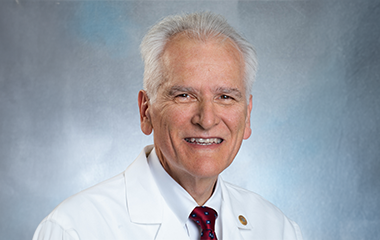 Charles Czeisler, MD, PhD
Charles Czeisler, MD, PhD
The Brigham and Women’s Hospital, Inc.
Objective Voice-Based Biomarker and Artificial Intelligence for Sleepiness Detection
ABOUT THE PROJECT
This project aims to explore vocal biomarkers for detecting sleep deficiency and sleepiness. Methods involve controlled trials of acute sleep deprivation and chronic sleep restriction, during which voice recordings will be collected. Machine learning models will analyze voice features for real-time detection of sleepiness. The expected outcome is the development of non-invasive, AI-driven tools that can be used in telemedicine for sleep disorder evaluation, benefiting both clinical populations and public safety settings.
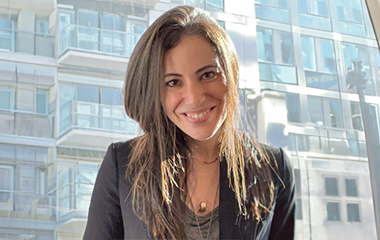 Jennifer Goldschmied, PhD
Jennifer Goldschmied, PhD
Perelman School of Medicine, University of Pennsylvania
Sleep as a Candidate Biomarker and Interventional Target in Preconception and Reproductive Health
ABOUT THE PROJECT
Despite the importance of sleep to physical health, little is known about how sleep impacts preconception and early pregnancy. This project aims to investigate the relationship between sleep slow-wave activity derived from a noninvasive wearable device and female reproductive outcomes during in-vitro fertilization. The goal is to identify slow-wave activity as a potential target for early intervention to improve reproductive success.
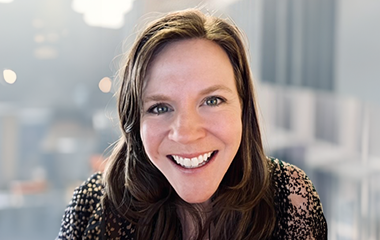 Katherine Miller, PhD, DBSM
Katherine Miller, PhD, DBSM
Minneapolis VA Health Care System
Disseminating cognitive behavioral therapy for nightmares within the Veterans Health Administration: Provider- and patient-level outcomes.
ABOUT THE PROJECT
Nightmares are a critical health concern among U.S. military Veterans and the 2018 Position Paper for the Treatment of Nightmare Disorder in Adults: An American Academy of Sleep Medicine Position Paper recommends cognitive behavioral therapy approaches for the treatment of nightmare disorder (CBT-N). To offer high-quality CBT-N through the Veterans Health Administration, evaluating the outcomes of a training initiative is an important first step. This project aims to evaluate the effects of training in CBT-N on clinicians’ competency and patients’ outcomes and to understand facilitators and barriers to use.
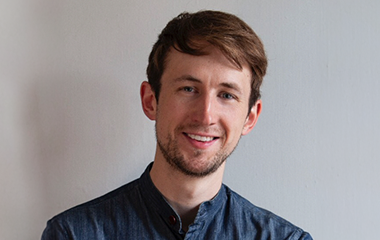 Kelton Minor, PhD, MSc
Kelton Minor, PhD, MSc
Columbia University Data Science Institute
Heat Resilient Infant Sleep: Large-Scale Climate Sleep Impact Sensing with AI Baby Monitors
ABOUT THE PROJECT
This multi-year observational sleep study combines machine learning-based infant sleep monitoring (autovideosomnography), national parent recruitment through Nanit’s sleep research platform, and advanced spatial data science to assess the sensitivity of infant sleep to changing ambient environmental conditions across the US and Canada. We expect this project to enhance the monitoring of emerging environmental stressors and associated sleep impacts in early human development and inform adaptive pediatric sleep interventions.
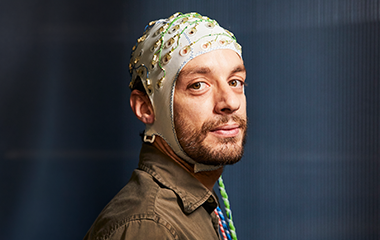 Dimitrios Mylonas, PhD
Dimitrios Mylonas, PhD
Massachusetts General Hospital / Harvard Medical School
Closed-loop Auditory Stimulation Using Wearable EEG to Improve Sleep in Autism
ABOUT THE PROJECT
Sleep disturbances are prevalent in autism, and effective treatments are lacking. Sleep spindles exhibit infraslow rhythmicity, which is critical in sleep maintenance. This project will test whether 1) infraslow rhythms are impaired in autism and 2) they can be modulated to improve sleep. We will use wearable EEG devices to characterize infraslow rhythms and apply closed-loop auditory stimulation to enhance infraslow rhythmicity, increase sleep oscillations, and improve sleep quality.
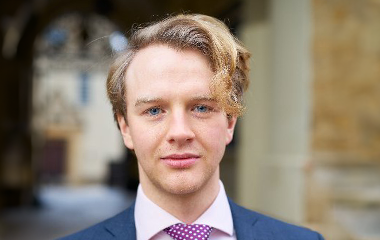 Matthew James Reid, MSc, DPhil
Matthew James Reid, MSc, DPhil
Johns Hopkins School of Medicine, Department of Psychiatry
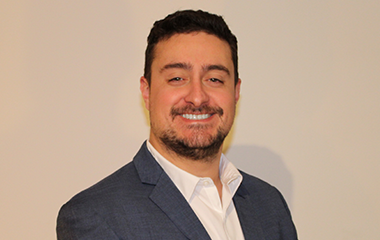 Aaron Schokman, PhD, MPhil, BSc
Aaron Schokman, PhD, MPhil, BSc
The University of Sydney
Co-production and Psychometric Validation of a Patient Reported Outcome Measure of the Impact Narcolepsy has on the Daily Life of Adult Persons Living with Narcolepsy Type 1 and 2
ABOUT THE PROJECT
Few self-reported questionnaires used in narcolepsy are adequately validated, fit for purpose, or capture the broad impact narcolepsy has on daily life. This project will use the best-practice methodology in psychometrics and questionnaire design to create a “one-stop-shop” patient-reported outcome measure that will capture all domains considered meaningful to those living with narcolepsy, using their language and terminology. The questionnaire will be a validated means to assess the impact of narcolepsy and treatment efficacy.
This grant is co-funded by the AASM Foundation and Wake Up Narcolepsy.
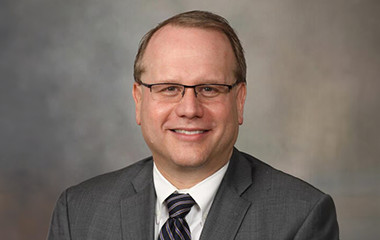 Erik St. Louis, MD, MS
Erik St. Louis, MD, MS
Mayo Clinic College of Medicine and Science
Validating In-Home Diagnosis of Isolated REM Sleep Behavior Disorder
ABOUT THE PROJECT
Validating home sleep testing measures for REM sleep without atonia will significantly advance widespread and cost-efficient diagnosis of rapid eye movement sleep behavior disorder (RBD), a common parasomnia disorder and public health problem involving injurious dream enactment and risk state for development of parkinsonism and dementia. This project will analyze the validity of an at-home sleep system for isolated RBD diagnosis, compared with gold-standard laboratory polysomnography, using well-validated REM sleep without atonia scoring approaches.
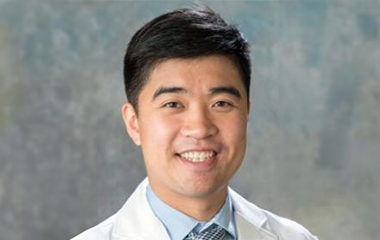 Oliver Sum-Ping, MD
Oliver Sum-Ping, MD
Stanford University
Using Machine Learning Analysis of Awake EEG to Identify Electrodiagnostic Correlates of Hypersomnolence
ABOUT THE PROJECT
Hypersomnolence is a common complaint that is incompletely understood and difficult to evaluate with currently available methods. In this project, we aim to extract novel insights from awake EEG using machine learning tools. We hope to identify electrodiagnostic correlates of various dimensions of hypersomnolence and further our understanding of this important condition.
This grant is co-funded by the AASM Foundation and Hypersomnia Foundation.
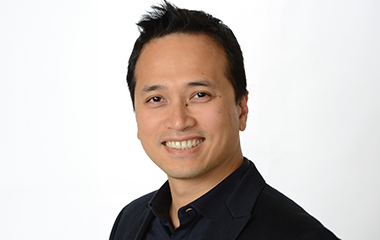 Thien Thanh Vang-Du, MD, PhD
Thien Thanh Vang-Du, MD, PhD
CRIUGM, CIUSSS Centre-Sud-de-l’île-de-Montréal
Using Global Mega-Analysis of Brain Morphometry to Identify Neural Mechanisms and New Diagnostic Biomarkers Associated with Central Disorders of Hypersomnolence
ABOUT THE PROJECT
The brain mechanisms differentiating central disorders of hypersomnolence, including narcolepsy type 1 and type 2 and idiopathic hypersomnia, remain unclear. This project will perform a global brain imaging analysis combining existing magnetic resonance imaging datasets from 26 sites worldwide with more than a thousand subjects to identify the neurobiological processes underlying each central disorder of hypersomnolence. This project will allow us to identify reliable brain biomarkers that characterize each type of central disorder of hypersomnolence.


